How Do I Get Ammo? A Beginner’s Buyer’s Guide
July 25th, 2020
5 minute read
Terms like casing, jacket, hollow point, core, caliber and grain represent a new language for new gun owners. This leaves many to wonder what all this means. Examples of these questions: What is a casing and why does it matter? What’s a jacket? What is a hollow point good for? Are there characteristics that make some rounds better for self-defense and others more appropriate for the range? What does a caliber represent? What is “grain”?
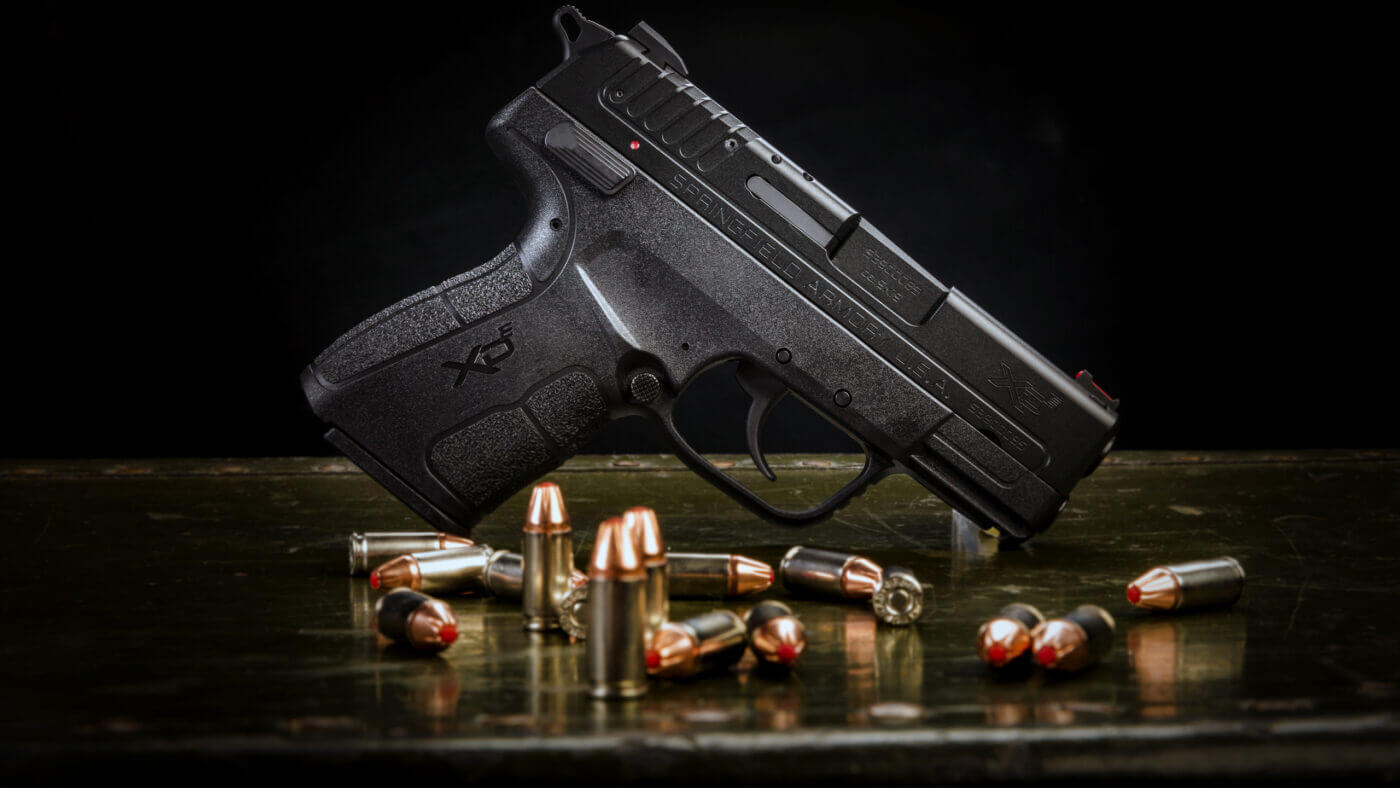
The answers to these questions are important for the pistol owner trying to determine what the correct ammunition for their needs is. In an effort to help new pistol owners navigate the crowded ammo marketplace and select the correct ammunition, I present to you the basics of pistol ammo. Let’s get started!
Anatomy of the Pistol Cartridge
“Cartridge” is the term used to describe the entire round, which has two major components — a casing and bullet. The casing is the hard metal exterior of the round that holds the bullet, primer and powder together. The most common type of metal used for casings is brass, but some are aluminum and others steel.
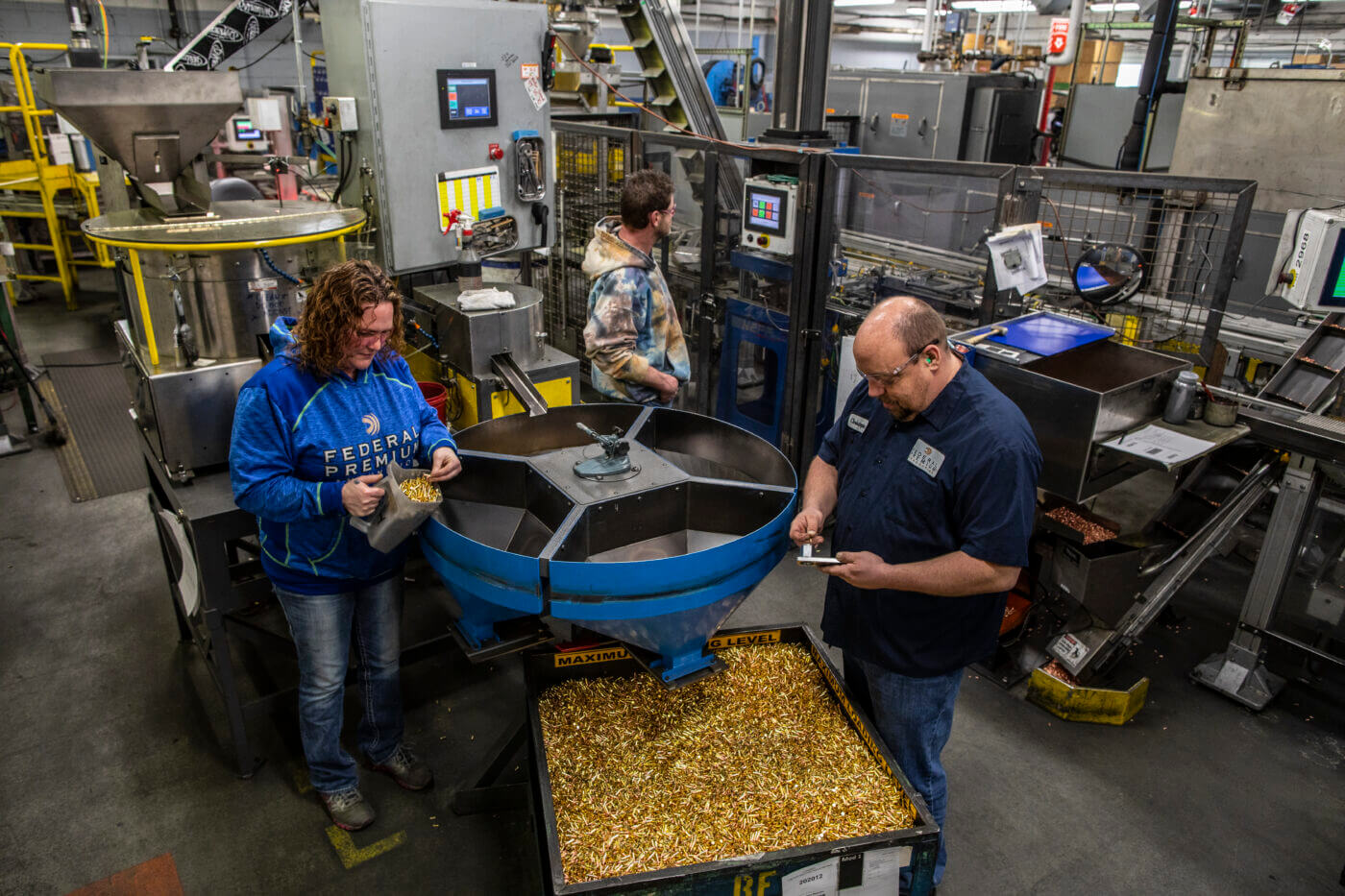
The “bullet” is a projectile usually made of lead, sometimes copper or a combination of lead and other metals. The primer, a circular piece of metal at the back of the casing, is struck by the pistol’s firing pin and produces a small spark that ignites the powder (i.e. propellant). This forces the bullet out the barrel and downrange while the casing is ejected from the firearm as the slide cycles under recoil.
The pistol’s firing pin is used to strike either the center of the cartridge to ignite the primer, hence the designation as a centerfire ammo (with “rimfires” like .22, the firing pin strikes the rim of the case). In a centerfire cartridge (e.g. 9mm), the primer is located in the center of the casing and in a rimfire (e.g. 22LR) the primer is contained in the rim of the casing.
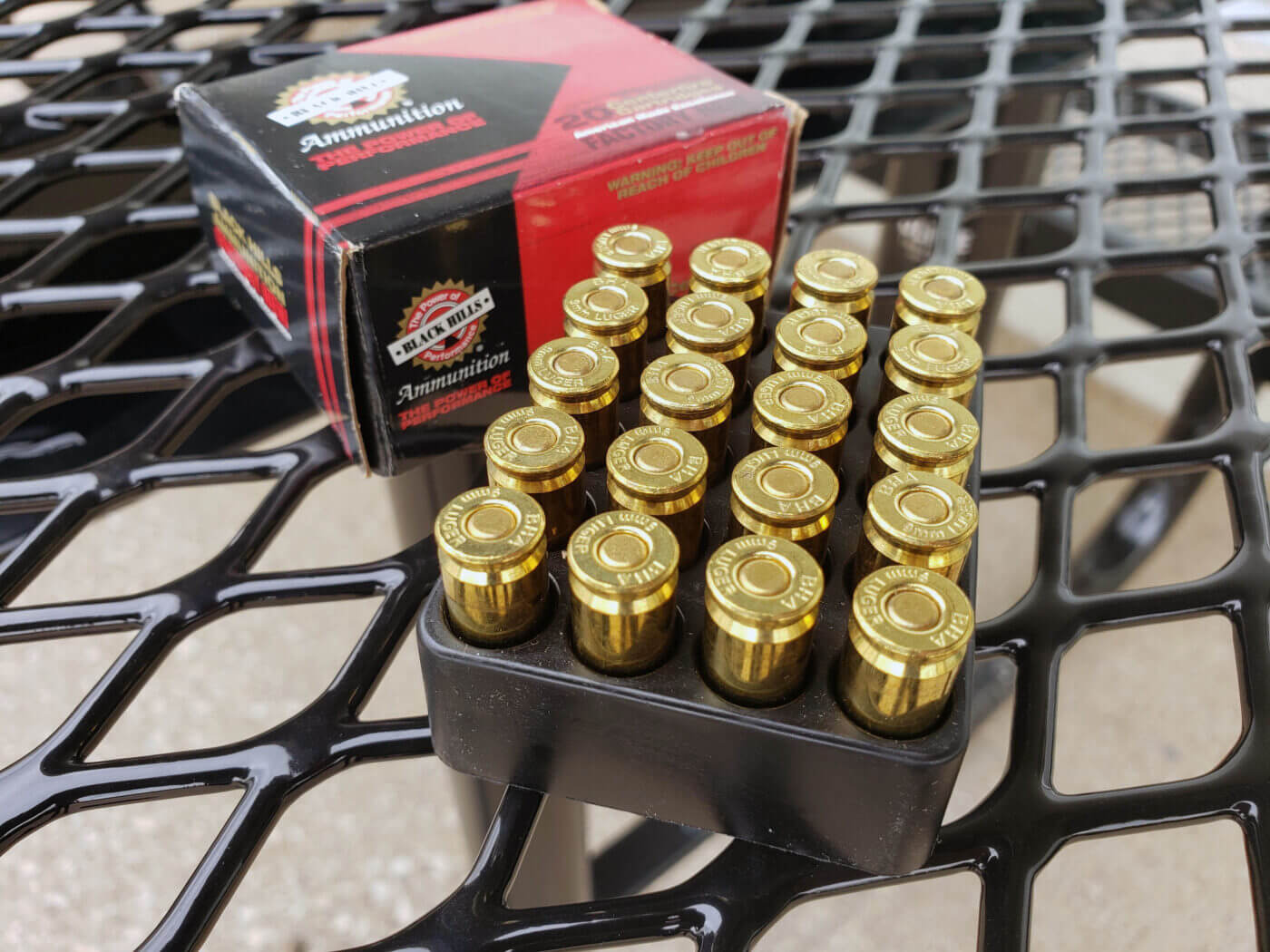
Pistol Ammo Casings
Pistol ammo casings are generally available in brass, aluminum and steel. The most common metal used for casings is brass due to its ability to expand under pressure in the chamber without compromising the integrity of the cartridge. Brass tends to cost more than aluminum or steel because its price is based upon the cost of copper.
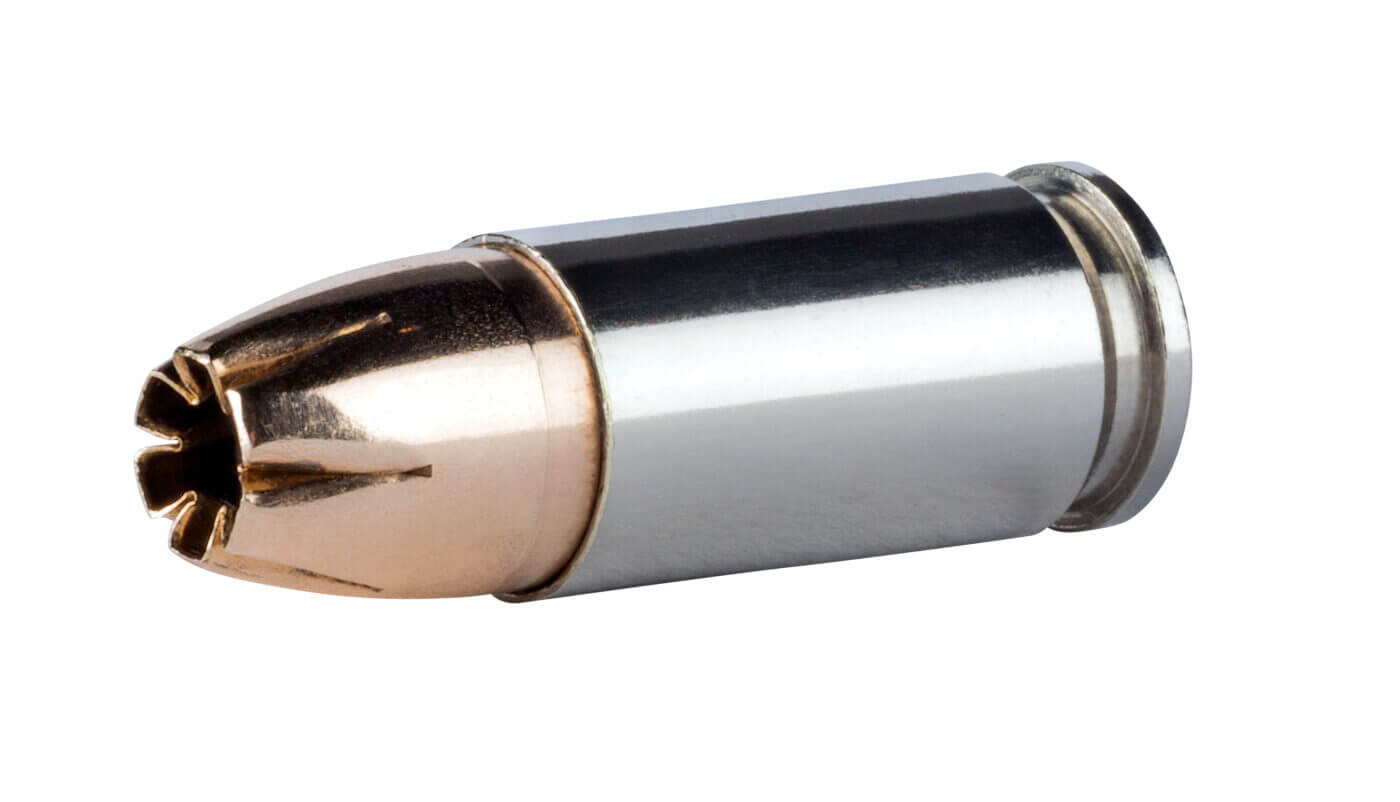
Brass is also very suitable to reloading. Cartridges with an aluminum casing are less expensive than brass but are not ideal for reloading. Aluminum is a great choice for a day at the range for the shooter with no interest in reloading their spent casings. Steel-cased ammo is also a cheaper alternative to brass. Steel cases are also not suited to reloading.
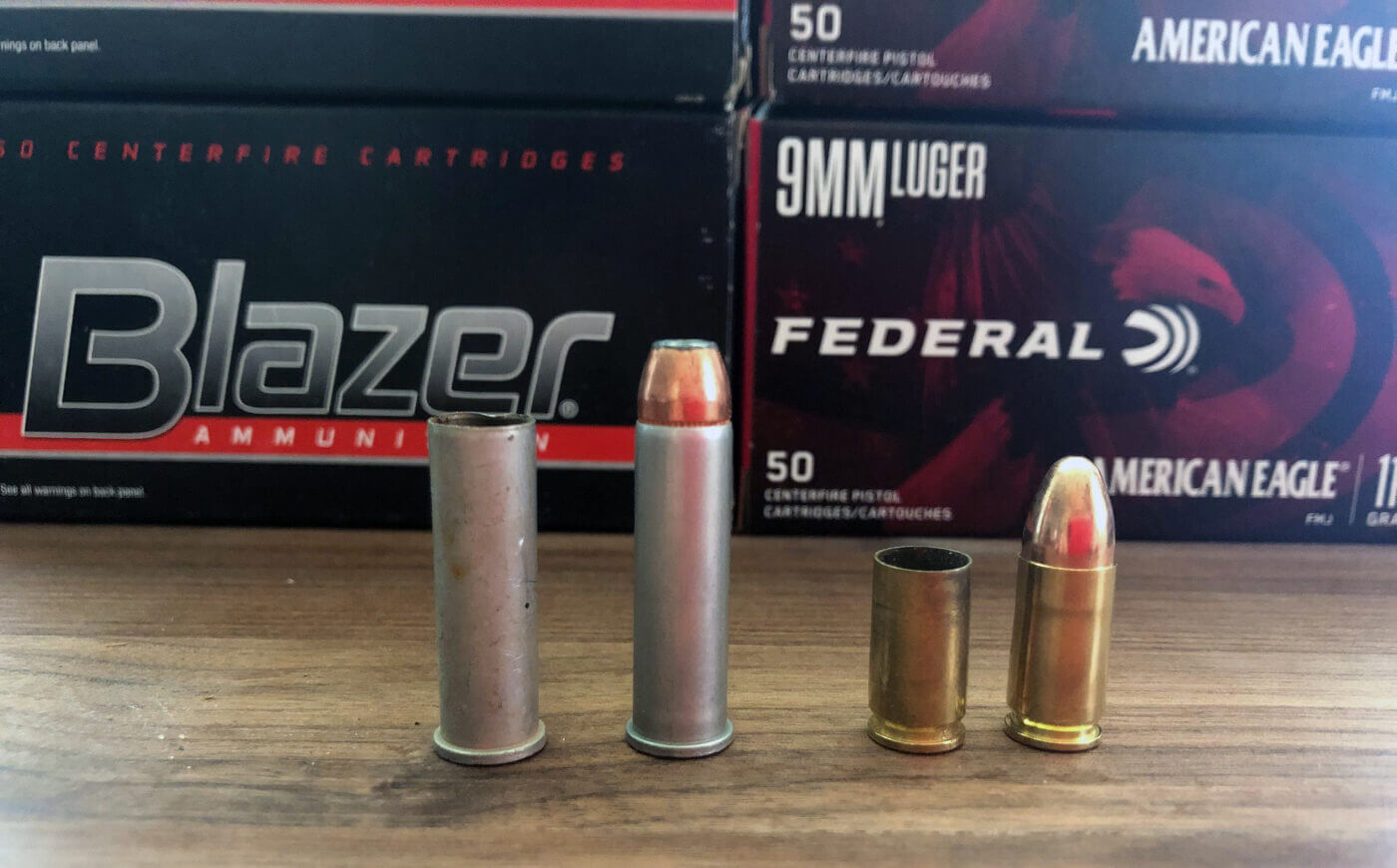
FMJ vs. JHP
When it comes to defensive rounds versus training rounds, a primary determinant is whether it is a full metal jacket (FMJ) or jacketed hollow point (JHP). A FMJ round features a soft metal core, usually lead, surrounded by a “jacket” of hard metal, usually copper. This ammunition is a good choice for a day at the range due to its affordability and accessibility. The FMJ, on the other hand, is not ideal for self-defense due to its lack of expansion when striking a target.
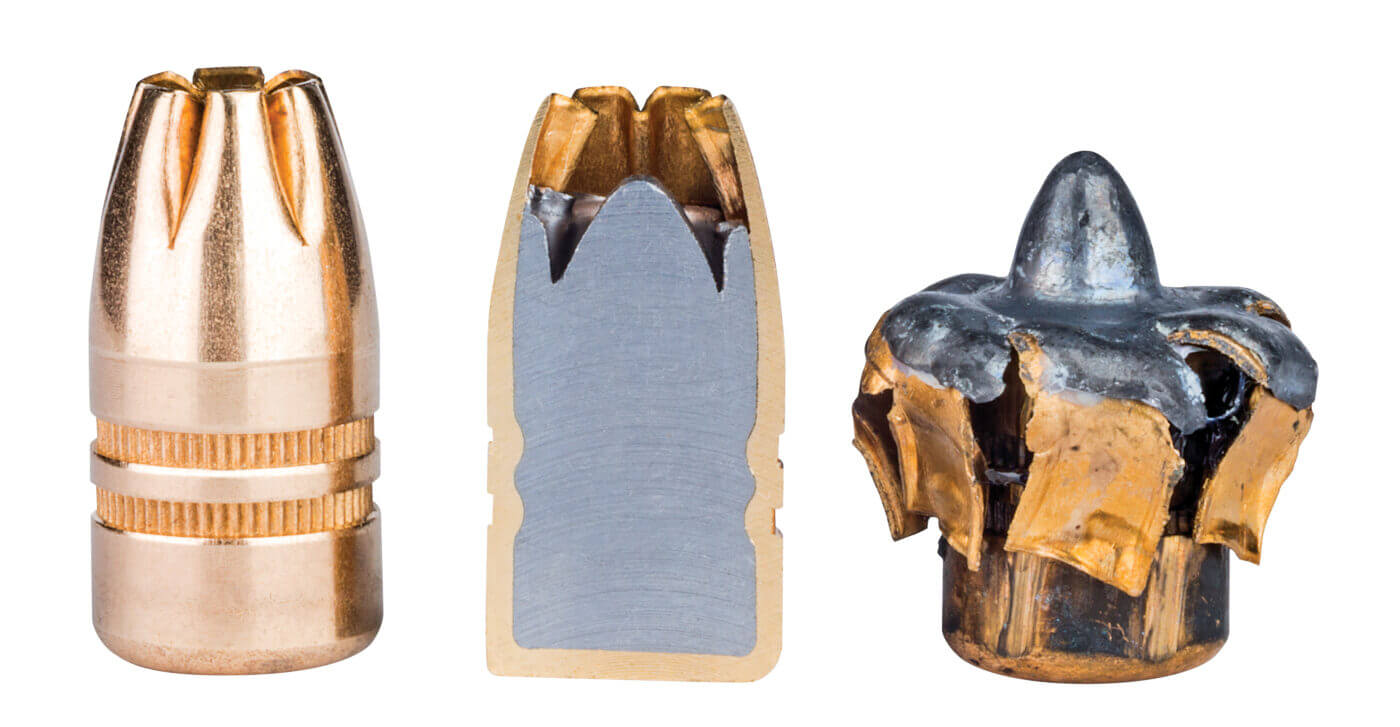
A jacketed hollow point projectile features a noticeable opening in the middle of the “mouth” of the bullet that exposes the soft metal core, while still having a hard metal jacket on the exterior. This opening allows the round to expand inside the intended target. This design serves two purposes; it creates a greater impact against the target and slows the projectile down upon entering the target, helping prevent overpenetration.
Measurements
A beginner’s guide to pistol ammo would not be complete without a mention of the commonly used units of measurement, caliber and grain. The caliber represents the diameter of the cartridge and identifies the appropriate bore size for the ammunition. The size is noted in inches (.45) or millimeters (9mm). The grain refers to the weight of the bullet. There are 7,000 grains in a pound and 437.5 grains in an ounce.
Conclusion
Lastly, be mindful not to purchase new ammo in bulk until you have cycled numerous rounds through your pistol to ensure you do not have issues with that round in your chosen firearm.
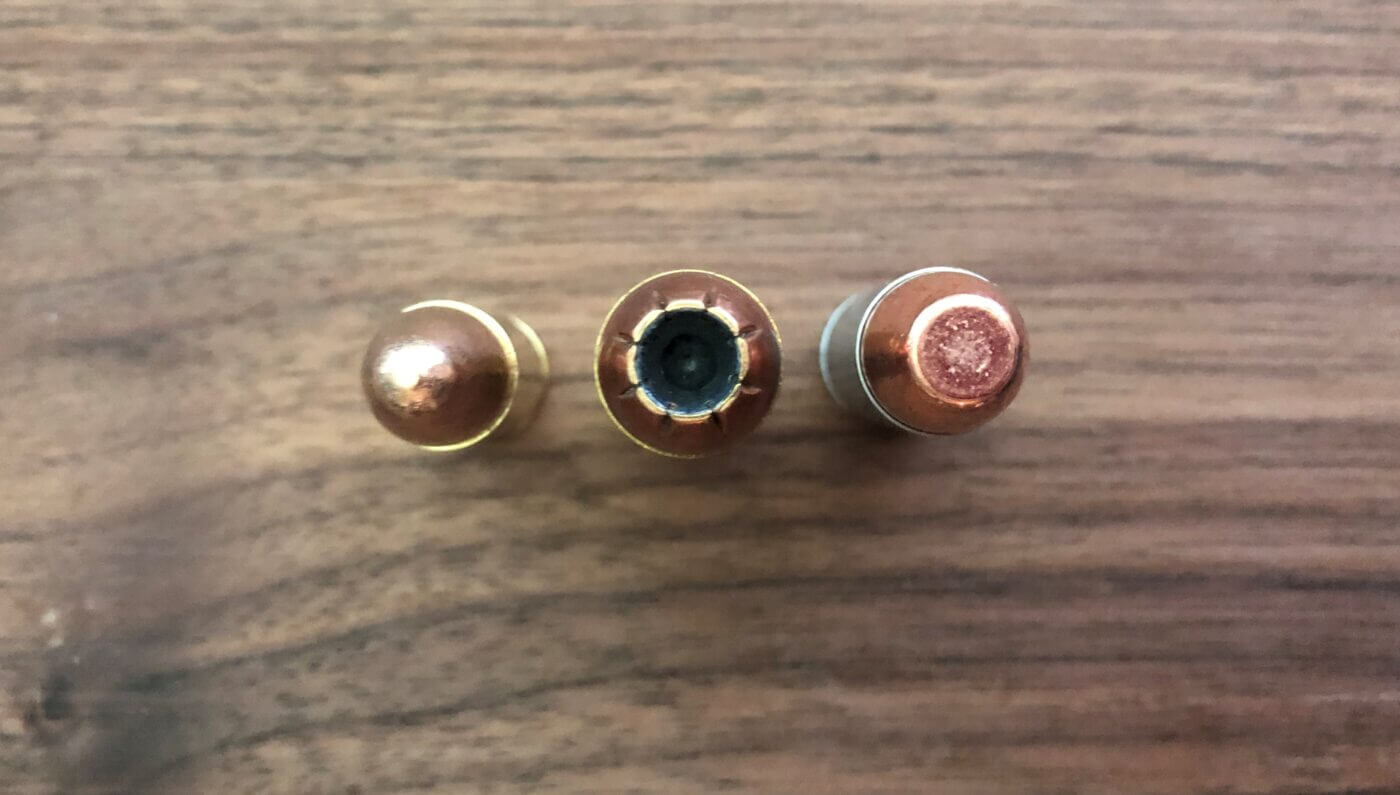
There you have it, a solid foundation in pistol ammunition. Now you can confidently identify the best ammo for your needs and you don’t have to take the word of the guy at the gun counter as gospel.
Editor’s Note: Please be sure to check out The Armory Life Forum, where you can comment about our daily articles, as well as just talk guns and gear. Click the “Go To Forum Thread” link below to jump in and discuss this article and much more!
Join the Discussion
Continue Reading
Did you enjoy this article?

 176
176






